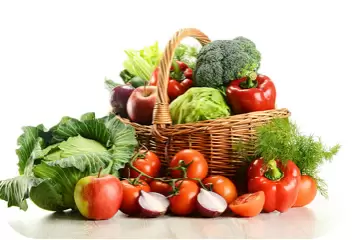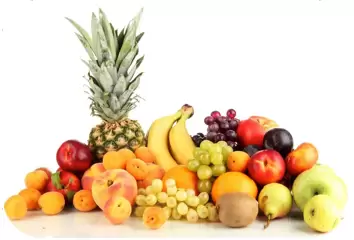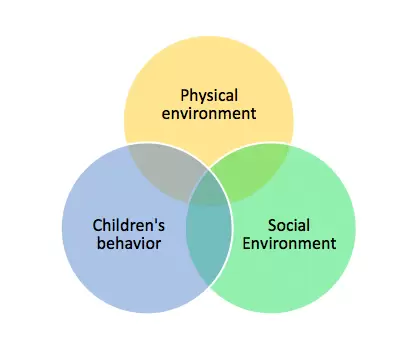
How to increase your children’s fruits and vegetables intake?
Dec 13, 2017
Introduction
In Malaysia, more than 4 children aged 1 to 6 years were unable to meet the daily recommended serving of fruits and vegetables1. According to Malaysian Dietary Guideline, the recommended serving of fruits and vegetables for children below 7 years is 2 serving daily respectively2.
How much is 1 serving of fruit and vegetable?


For fruits:
For vegetables:
Consequences of inadequate fruits and vegetables intake
Fruits and vegetables are known to contain fibers, vitamins, minerals, and rich in phytonutrients such as carotenoids and flavonoids which have health-beneficial properties3. Children who are lack in fiber intake often suffering from digestive problems such as less bowel movement and hard stools. Overtime, if they constantly consume inadequate amount of fruits and vegetables, they will suffer from nutrient deficiency. Low intake of fruits and vegetables also have been associated with increased risk of developing obesity, cardiovascular diseases, cancers and etc3.
Why children have inadequate fruits and vegetables intake?
Factors such as children’s behavior, physical environment, and social factors seems to influence the food intake among children4.

Children’s behavior
Eg. Children who are picky eater only select the food that they like to eat and may refuse to eat fruits and vegetables that they dislike.
Physical environment
Eg. The availability and accessibility of fruits and vegetables at home tend to promote greater fruits and vegetables intake among children
Social factors
Eg. Parenting style – children who were raised with authoritative parenting style (includes modeling, promoting the availability of fruits and vegetables, as well as encouraging them to eat fruits and vegetables) have better fruits and vegetables consumption5.
References
- Chong, K.H., Lee, S.T., Ng, S.,A., Khouw, L., and Poh, B.K., on behalf of the SEANUTS Malaysia Study Group. Fruit and Vegetable Intake Patterns and Their Associations with Sociodemographic Characteristics, Anthropometric Status and Nutrient Intake Profiles among Malaysian Children Aged 1–6 Years. Nutrient, 31;9(8). pii: E723.
- Ministry of Health Malaysia, 2013. Malaysian Dietary Guideline for children and adolescents – Summary. Retrieved from http://www.moh.gov.my/images/gallery/Garispanduan/MDG%20Children%20and%20Adolescents%20Summary.pdf
- Pem, D., Jeewon, R., 2015. Fruit and Vegetable Intake: Benefits and Progress of Nutrition Education Interventions- Narrative Review Article. Iran J Public Health., 44(10):1309-1321
- National Research Council (US); Institute of Medicine (US). Children’s Health, The Nation’s Wealth: Assessing and Improving Child Health. Washington (DC): National Academies Press (US); 2004. 3, Influences on Children’s Health. Available from: https://www.ncbi.nlm.nih.gov/books/NBK92200/
- , J., 2011. Relationships between parenting style, feeding style and feeding practices and fruit and vegetable consumption in early childhood. Appetite, 57(3): 826-831
- Jovanovic-Malivnoska, R. et al. 2014. Oligosaccharide profile in fruit and vegetables as sources of prebiotics and functional foods. Int J Food Properties 17:949-965.



